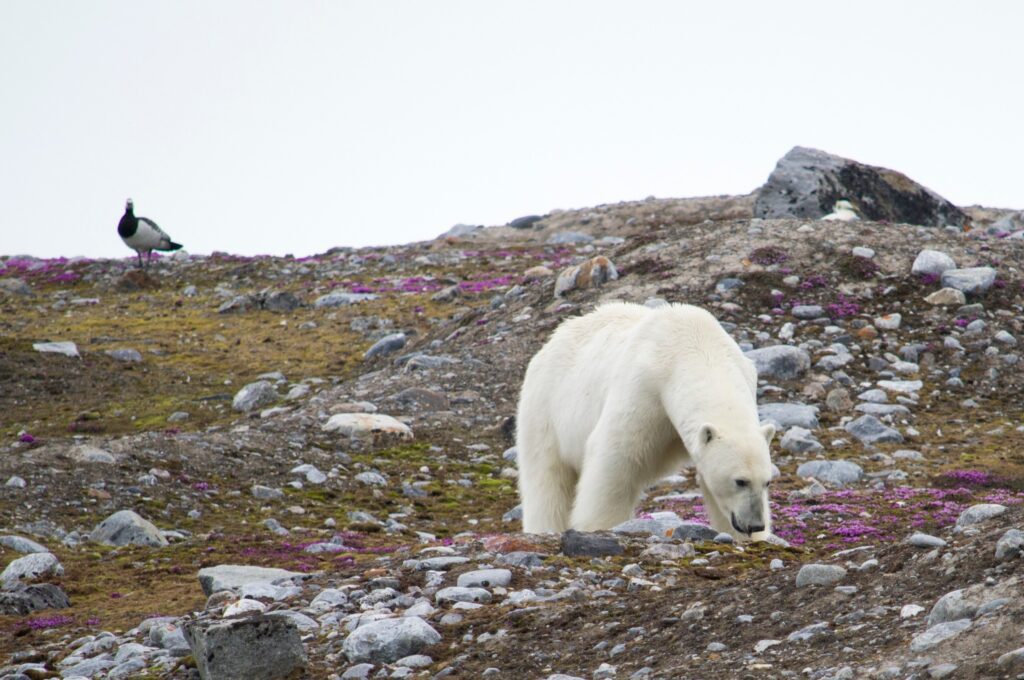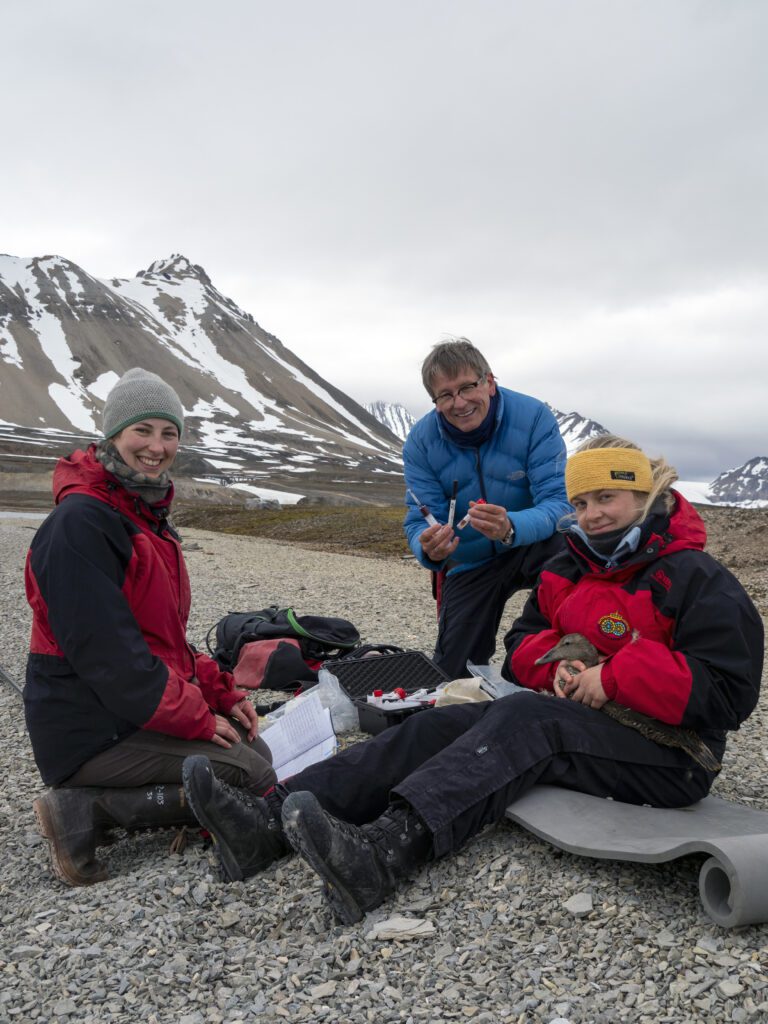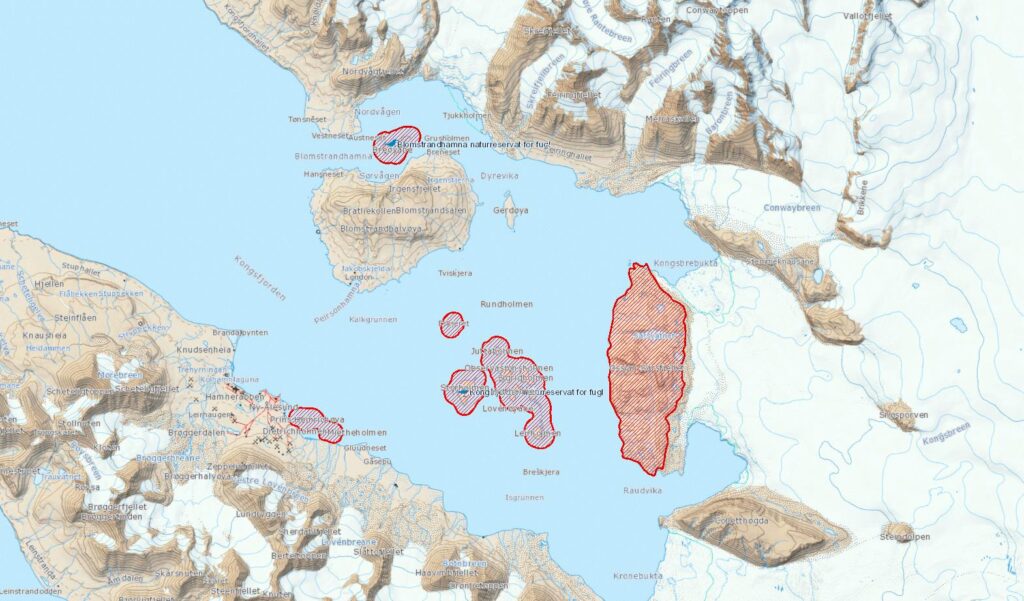A bad year for barnacle geese and eider ducks in Kongsfjorden
Coutnings this summer show a decline of 36% for the barnacle geese and 21% for the eiders in Kongsfjorden.
Preliminary results
Preliminary results from the monitoring of the breeding population of white-cheeked geese and eiders in the Kongsfjord show a sharp reduction from 2021. The decrease is 36% for barnacle geese and 21% for eiders in 2022. The sharp decline in barnacle geese is probably linked to the avian flu, which has particularly affected this population this year. In addition to this, both barnacle geese and eiders have had a low young production this year as a result of predation from both polar bears and glaucous gulls.

Kongsfjorden is important
Studies of migratory birds are among the topics of interest in Ny-Ålesund Research station each summer. The birds mate, build nests, lay eggs and raise their young in a few short summer months on the islets and the bird cliffs in Kongsfjorden which makes it an intense period for both birds and scientists.
Kongsfjorden is considered an important study area for several reasons. Here, the warm Atlantic water masses meet the colder Arctic water. As elsewhere in the Arctic, the temperature is rising, and it’s happening fast. The lates reports indicate that the Arctic is warming four times faster than the rest of the Earth (see link further down).
The sea ice is greatly reduced in winter, and Atlantic water flows into the fjord. This can have consequences for the species that find their food here, including the seabirds. The researchers want to find out how the birds are affected by the rapid environmental changes.

Long timeseries
Seabirds have been monitored in Kongsfjorden since the early 1980s. Approximately 2500 and 800 pairs of Common eider and Barnacle geese breed on the islets in the fjord, which is legaly protected as bird sanctuaries and nature reserves after the Svalbard environmental Act.
Kongsfjorden has been a SEAPOP (Seabird Population) keysite since 2005 and SEATRACK-locality since 2013. SEAPOP (with SEATRACK) is a long-term monitoring and mapping programme for Norwegian seabirds that was established in 2005. Seabirds are good indicators of the state of the ocean because they respond quickly to changes and are resource efficient to monitor compared to other species groups in the marine ecosystem.

To read an extende outrech article about this, check out this post from the Norwegian Polar Institute (only in Norwegian).
To read about increased rates of warming temperature in the Arctic, check out this newly published article in Communications Earth and Environment (Article number: 168 (2022)).
Did you find what you were looking for?